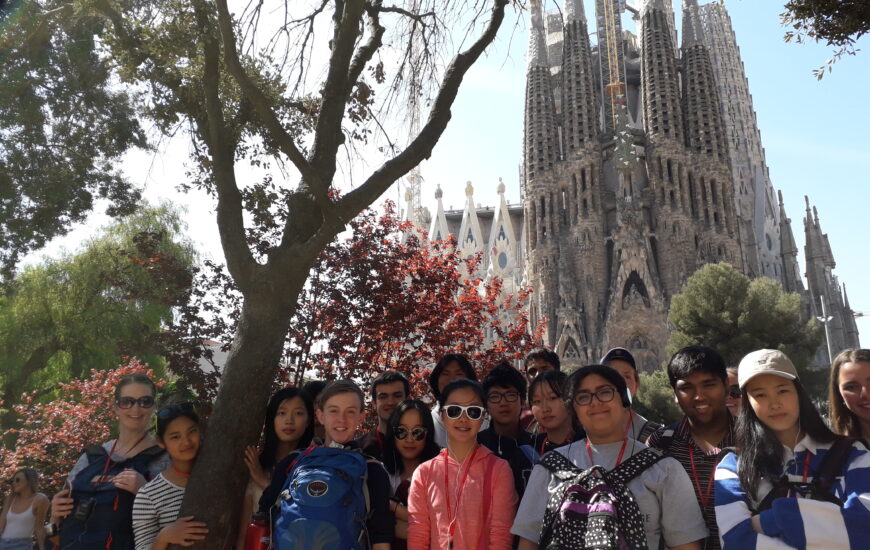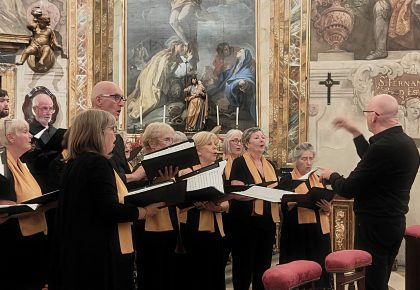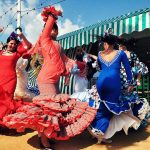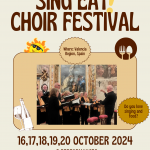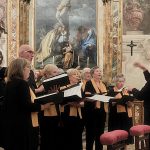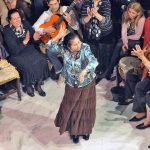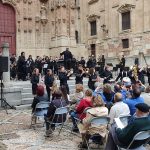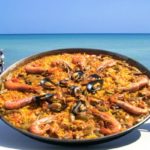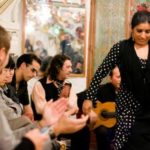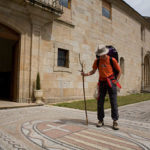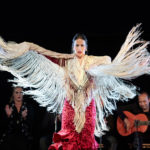There are many benefits to taking an Educational Tour in Spain: improves critical thinking skills, experiential learning takes place, student’s worldview is expanded, reinforces classroom material, greater bond between students and teachers, learning local culture, students are encouraged to learn, helps those students who learn by doing and lifelong memories are made.
Spain is a perfect place to learn all this. Here are 5 ideas for an unforgettable trip.
Architecture in Barcelona
When you walk around Barcelona you have to do it with your eyes wide open to discover the architecture. Modernist icons catch our attention, but if we look in detail we find a lot of interesting buildings: Gothic temples, the remains of the city of the nineteenth century, the exercises of modernity of the first half of the twentieth century and contemporary projects, which house museums, schools, hotels … These are some of the buildings that define the physiognomy of Barcelona: Basilica of the Sagrada Familia, Escola Massana, El Born Center of Culture and Memory, Torre Glories, Santa Caterina Market.
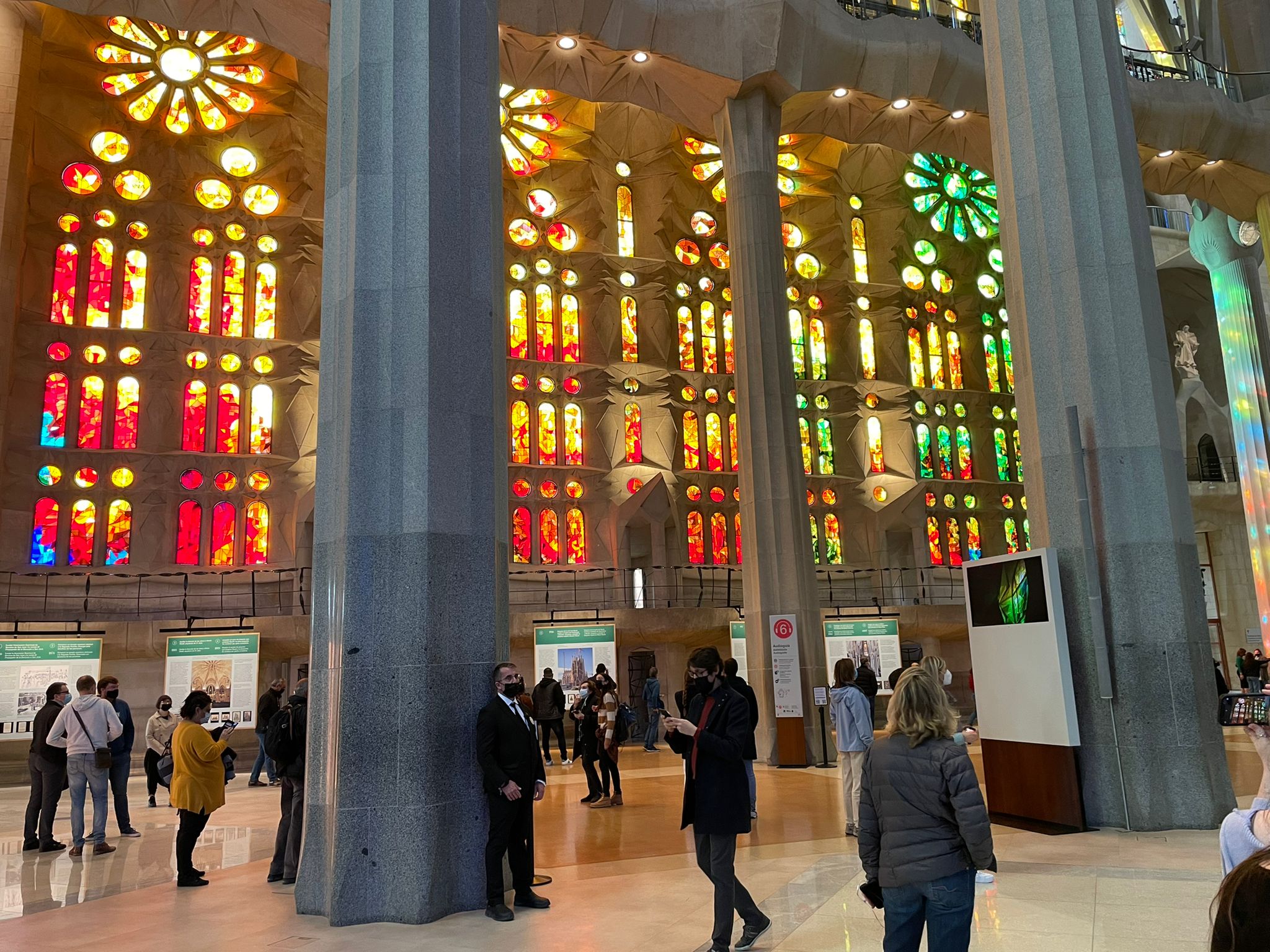
Sagrada Familia
Art in Madrid
Madrid is not only the capital of Spain but also an art capital, Madrid is full of art! Every day it is possible to visit permanent or temporary art exhibitions according to any personal taste: painting, sculpture, photography or engraving, museums and art centers. The Prado, Reina Sofía and Thyssen-Bornemisza museums are a must. Three world-famous museums that form the famous “art triangle” of the Spanish capital, but there is more, much, much more… Many more museums (of all kinds), foundations and art centers. The varied, dynamic and extensive offer that Madrid offers to its visitors should not overwhelm you. What you need is a good host who knows Madrid’s agenda and can select for you what matches your personality, your interests.
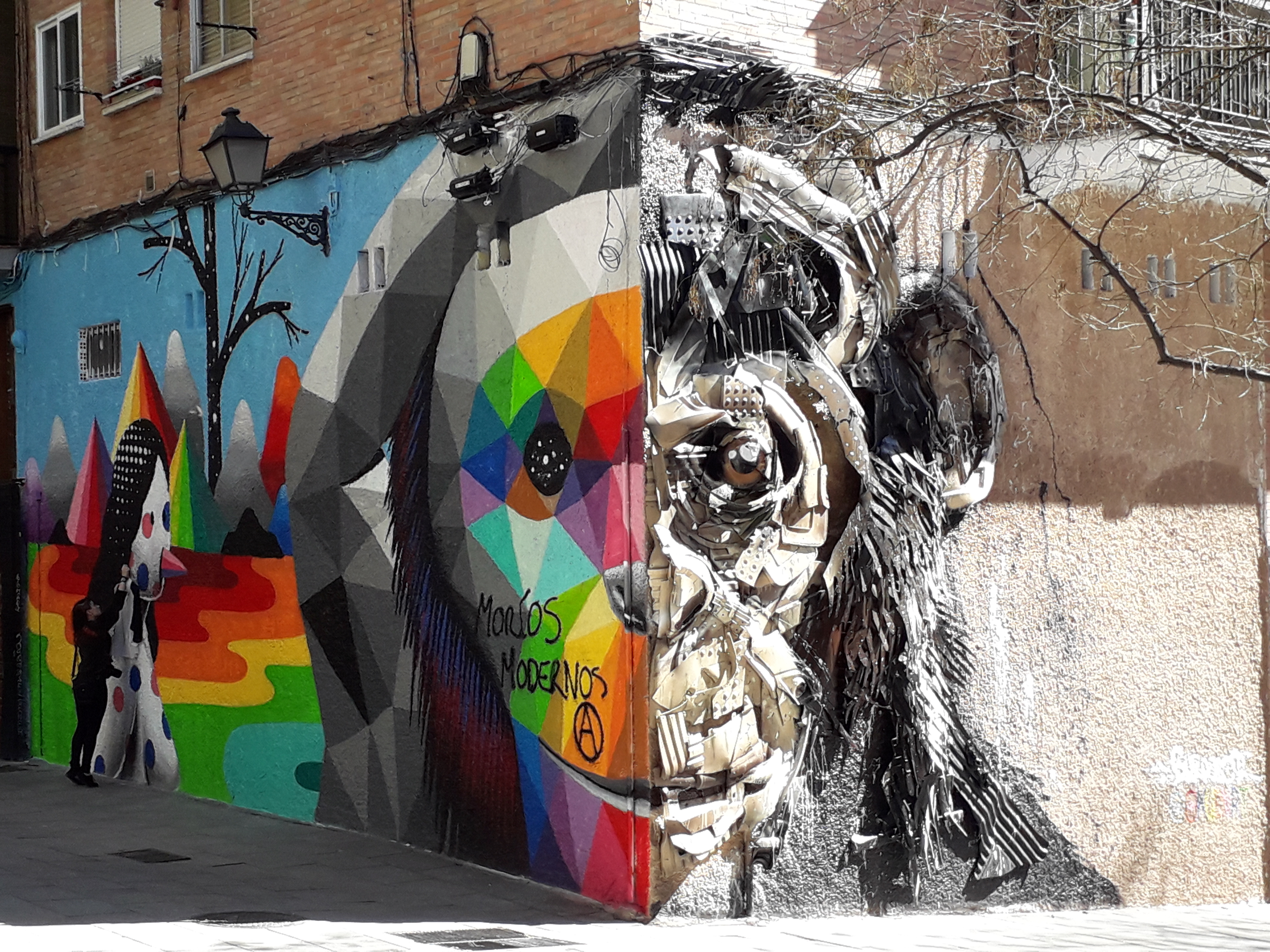
Street Art
Music in Seville
Seville was recognized in 2006 as the first UNESCO City of Music.
The capital of Andalusia preserves a healthy musical activity, with concerts, festivals and cycles of different styles, such as flamenco, jazz, chamber music, classical music, contemporary music, pop, rock and many others.
Seville is one of the cradles of flamenco. It has also been the birthplace or work place of important performers such as Ernesto Halffter or Joaquin Turina. There is currently a new generation that is developing chamber music and symphony orchestras linked to theater and cinema.
Seville has four theaters, five orchestras, three universities and six conservatories also exhibits a great tradition of festivals and musical events of all categories: symphonic, chamber, traditional, contemporary, jazz, world music, pop-rock, flamenco, popular music, choirs, operas and didactic music. There are 33 musical instrument stores in Seville and 16 music production companies.
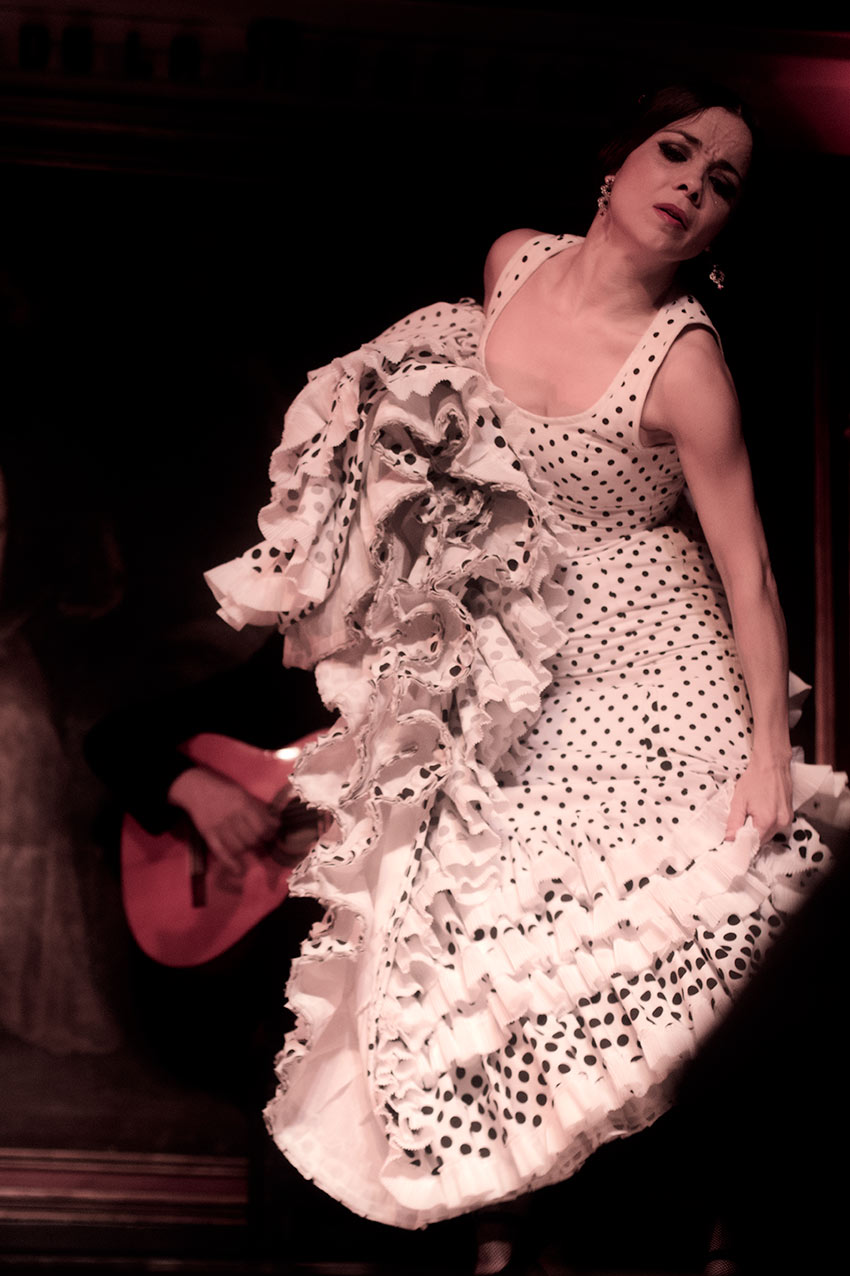
Flamenco
History and Religion at the St James Way
The Camino de Santiago is a set of routes leading to the Cathedral of Santiago de Compostela. These are traveled on pilgrimage, usually on foot, as a way of paying homage to the Apostle St. James, whose remains rest in the temple.
However, nowadays the meanings attributed to the Way of St. James are much more complex and diverse.
The Way of St. James has as many meanings as there are pilgrims. Here are some of the meanings attributed to the Way of St. James today.
A spiritual meaning: many people decide to walk the Camino de Santiago in an effort to find themselves.
Another form of tourism: the Way of St. James offers a wide range of tourism. Synonymous with active tourism enjoying nature. Tradition and culture: they decide to do the Camino de Santiago to discover its architectural heritage and the whole Jacobean culture.
An international route: another meaning attributed to the Camino de Santiago is that of an international route. A route in which all cultures, religions and languages have a place. People from all over the world decide to make the pilgrimage to Compostela, for many different reasons.
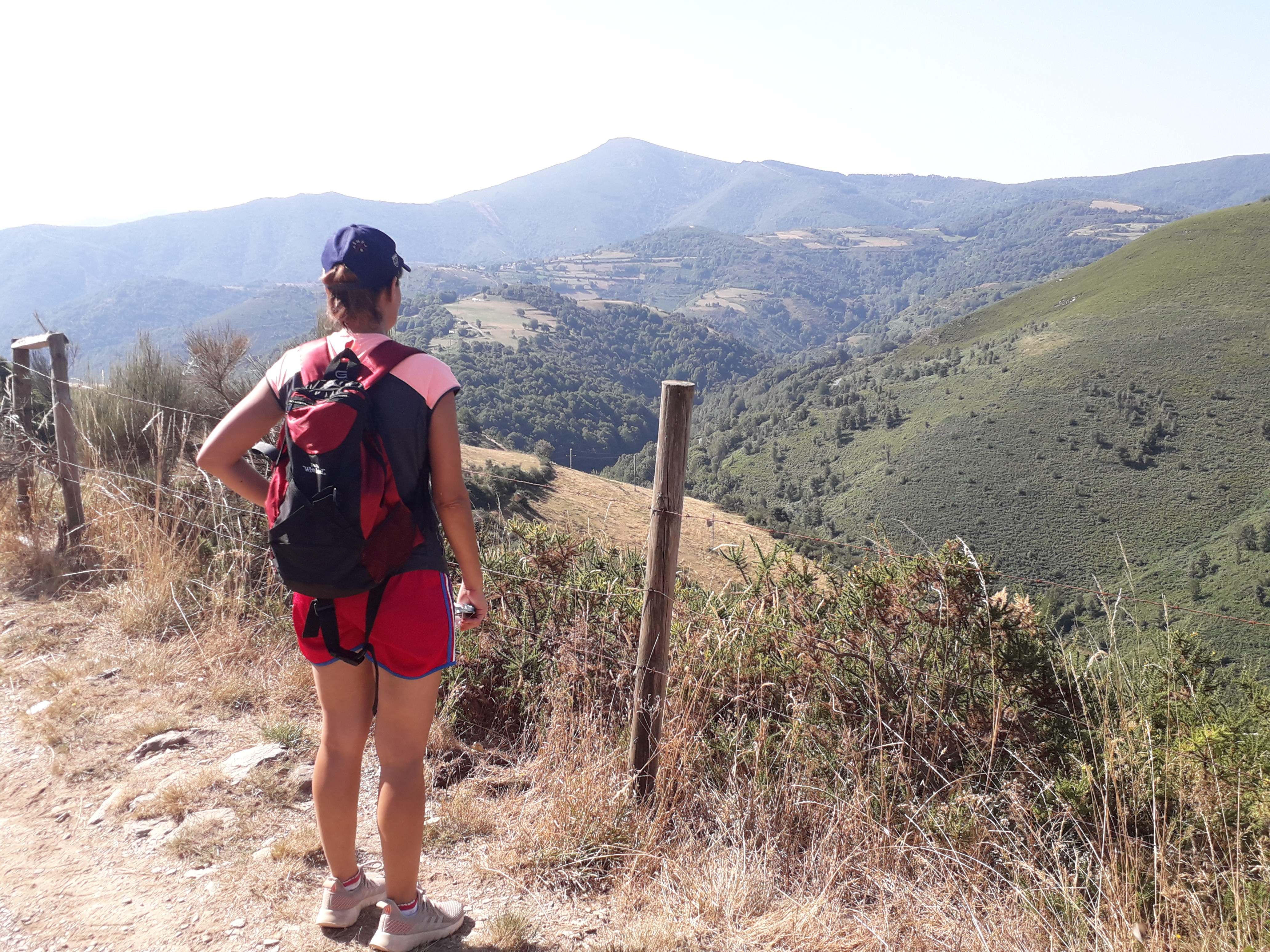
Way of Saint James
Environment and Volunteering at the Mediterranean Sea
If there is a place where you can enjoy nature in all its splendor, that is the archipelago of the Balearic Islands, a paradise of indescribable beauty in which parks and natural monuments, crystal clear coasts and a unique biodiversity draw an unforgettable panorama for lovers of nature and outdoor activities. A paradisiacal destination where you can admire the personal stamp of each island: the versatility of Mallorca, the natural charm of Menorca, the contrasts of Ibiza or the light of Formentera.
There are many natural spaces that make it a paradigm of ecotourism. For example, the Sierra de Tramontana (in Mallorca) or the Posidonia meadows (in the seabed of Ibiza and Formentera) were declared World Heritage Sites by UNESCO in 2011 and 1999, respectively. Similarly, Menorca received, also by Unesco, the title of Biosphere Reserve for the high degree of compatibility between economic activity, resource consumption and the conservation of the heritage and landscape of this Balearic island.

Formentera Beach
If you wish to receive a tailor made itinerary for your group, please, send us a message to info@spainismusic.com

